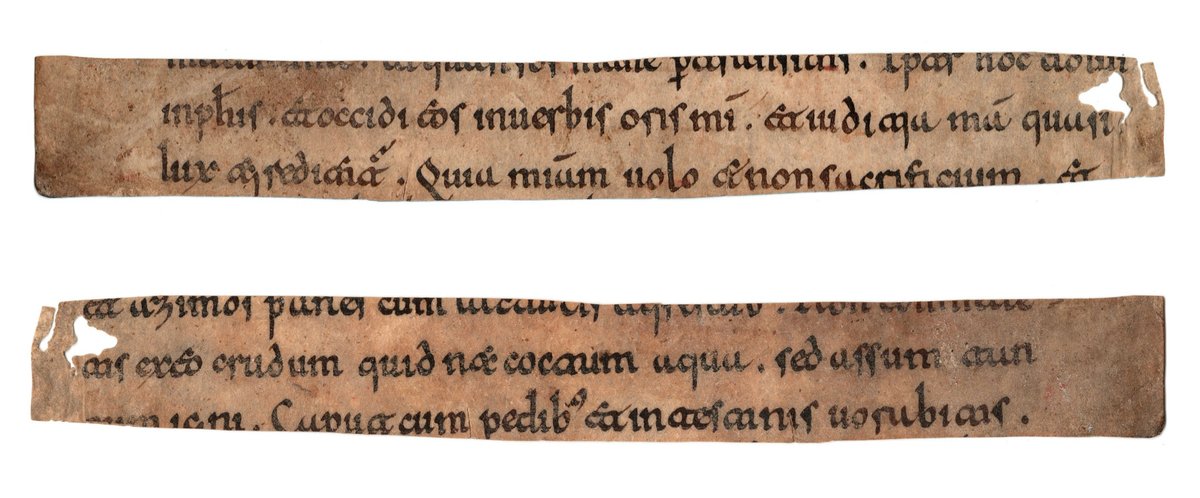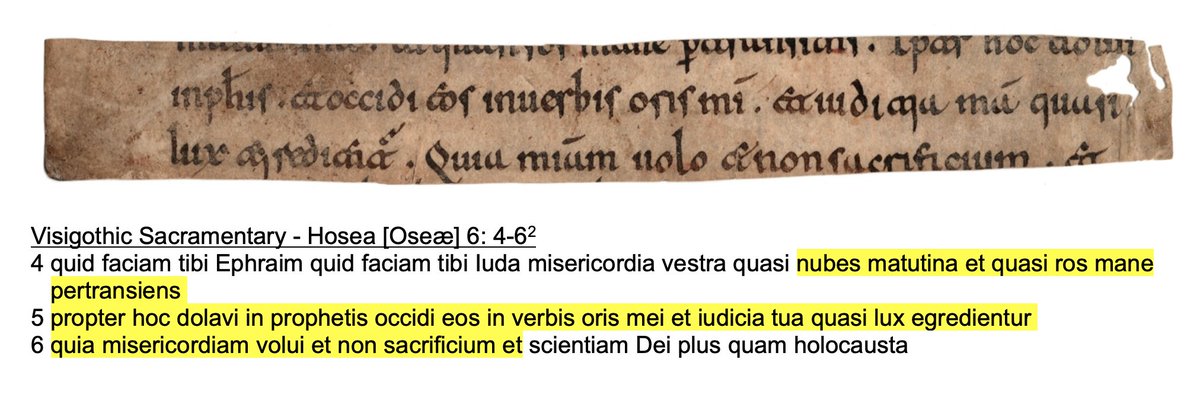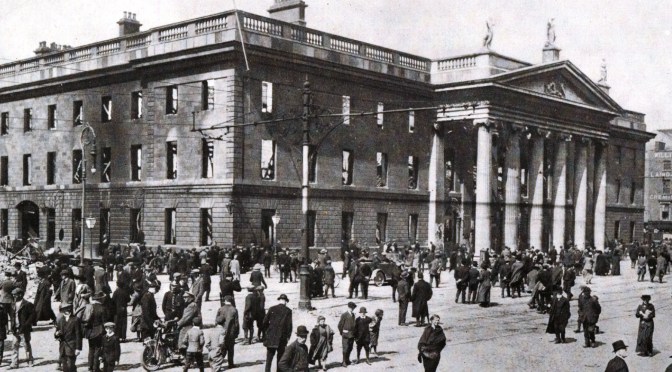
A fragment from the Good Friday Liturgy from a sacramentary showing an expert late-stage development of Visigothic Minuscule, probably from northern Portugal, or just possibly Toledo, copied circa 1130-1170. 1/4 

The two most immediately distinctive Visigothic minuscule letter formations are both used here:
1. the 'g' in egredientur on the recto and in agrestibus on the verso.
2. the 'z' in azymos on the verso. 2/4
1. the 'g' in egredientur on the recto and in agrestibus on the verso.
2. the 'z' in azymos on the verso. 2/4

The text is from the Vulgate: Hosea and Exodus from the Sacramentary for Good Friday. 3/4
Recto: Hosea [Oseæ] 6: 4-6.
Recto: Hosea [Oseæ] 6: 4-6.

Hosea 6 and Exodus 12 formed part of the Liturgy of the Word read or chanted at the start of the Good Friday Mass. 4/4
Verso: Exodus 12: 8-9.
Verso: Exodus 12: 8-9.

• • •
Missing some Tweet in this thread? You can try to
force a refresh























